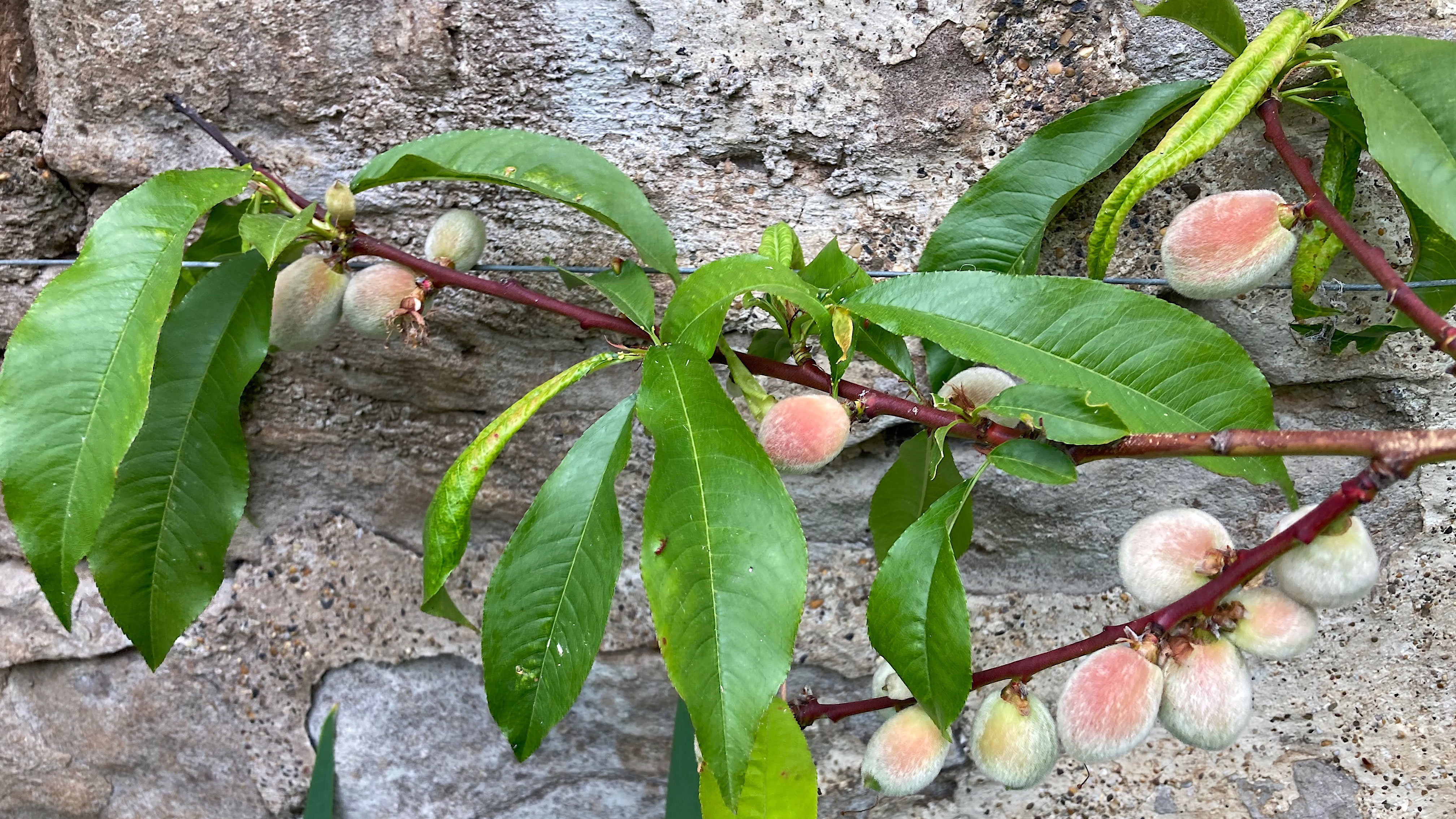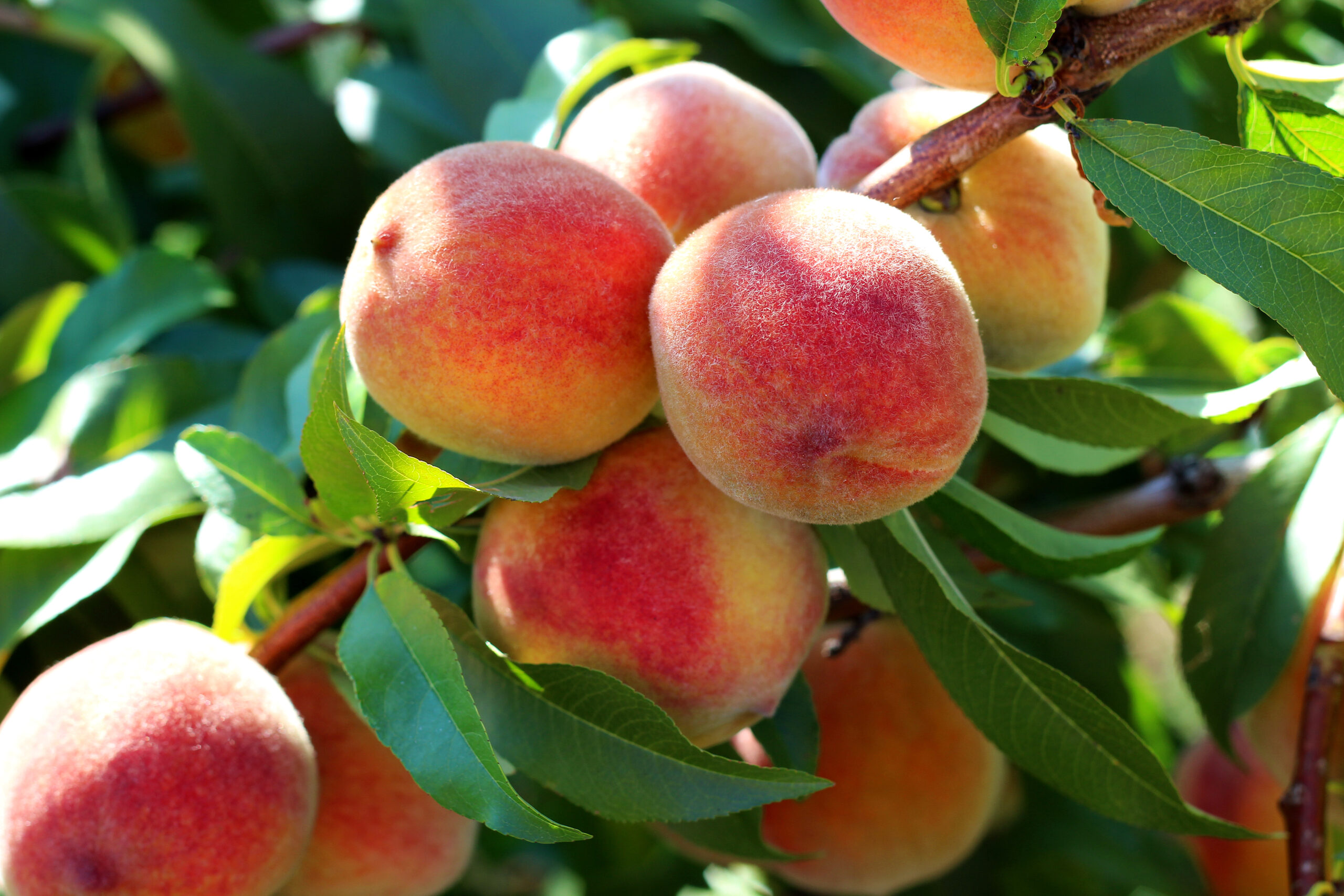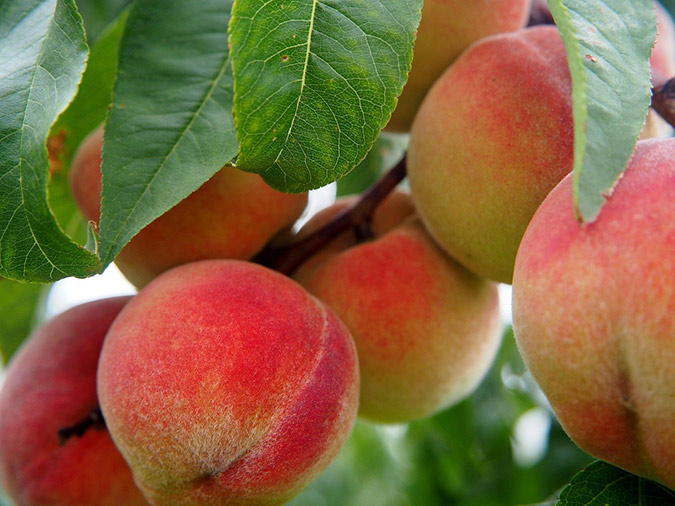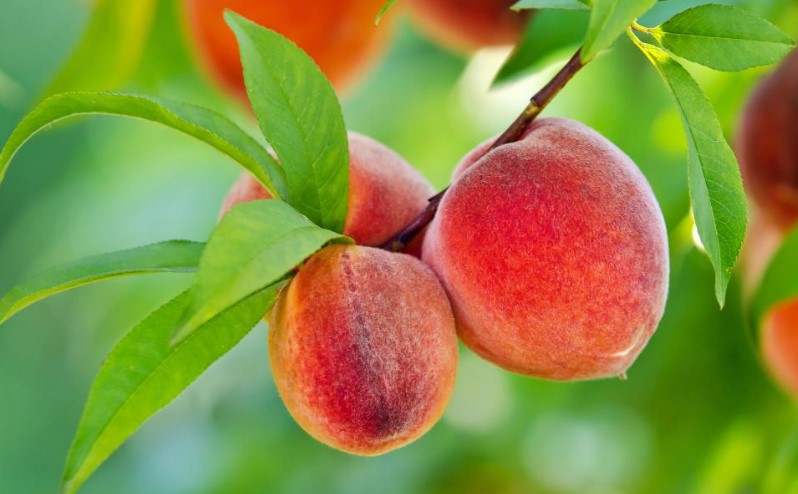Unlocking the Secrets of Successful Seed Germination
When it comes to growing a peach tree from a seed, the first step towards success lies in proper seed germination techniques. Peach seeds require specific conditions to sprout, and understanding these requirements is crucial for optimal growth. The ideal temperature for germination is between 65°F to 75°F (18°C to 24°C), with consistent moisture and indirect light. A seed starting mix specifically designed for fruit trees can provide the necessary nutrients and aeration for healthy germination.
A warm location, such as a greenhouse or a sunny windowsill, can help stimulate germination. It’s essential to maintain a consistent temperature and moisture level, as fluctuations can hinder the germination process. Additionally, peach seeds can be slow to germinate, taking anywhere from 1 to 3 months to sprout. Patience and careful monitoring are necessary to ensure successful germination.
Using a seed starting mix can also help prevent common issues such as damping off, a fungal disease that can affect young seedlings. By providing a sterile and well-draining environment, seed starting mixes can help promote healthy growth and reduce the risk of disease. Furthermore, a warm location can help stimulate the production of root hairs, which are essential for nutrient uptake and healthy growth.
When growing a peach tree from a seed, it’s essential to understand that the resulting tree may not produce fruit that is true to the variety of the parent tree. This is because peach trees are often propagated using grafting techniques, which ensure consistent fruit quality and flavor. However, with proper care and attention, a peach tree grown from a seed can still produce delicious and healthy fruit.
In conclusion, successful seed germination is the first step towards growing a healthy and thriving peach tree from a seed. By understanding the specific requirements of peach seeds and providing optimal conditions, growers can set their trees up for success and enjoy a bountiful harvest of delicious peaches.
Preparing the Perfect Soil for Your Peach Tree
When growing a peach tree from a seed, soil quality and composition play a crucial role in determining the tree’s overall health and productivity. Peach trees prefer well-draining, fertile soil with a pH range of 6.0 to 7.0. A slightly acidic to neutral soil pH allows for optimal nutrient uptake and promotes healthy growth.
Soil nutrient requirements for peach trees include adequate levels of nitrogen, phosphorus, and potassium. Nitrogen promotes leaf growth and development, while phosphorus supports root growth and fruit production. Potassium helps regulate water balance and overall tree health. A balanced fertilizer with a ratio of 10-10-10 (nitrogen-phosphorus-potassium) can provide the necessary nutrients for healthy growth.
Organic matter content is also essential for peach tree growth. Incorporating compost or well-rotted manure into the soil can improve its structure, fertility, and overall health. A minimum of 2% organic matter content is recommended for optimal growth. Soil testing can help determine the nutrient levels and pH of the soil, allowing for targeted amendments and fertilization.
To test the soil, a DIY soil testing kit or a professional laboratory analysis can be used. Based on the test results, amendments such as lime or sulfur can be added to adjust the pH, while fertilizers can be applied to address nutrient deficiencies. It’s essential to follow the recommended application rates and timing to avoid over-fertilization, which can harm the tree.
In addition to soil testing and amendments, proper soil preparation is crucial for peach tree growth. Removing debris, rocks, and weeds can help create a smooth, even surface for planting. Tilling the soil to a depth of 12-18 inches can help loosen and aerate the soil, promoting healthy root growth.
By understanding the importance of soil quality and composition, growers can create a fertile growing environment that supports the healthy growth and productivity of their peach tree. Whether growing a peach tree from a seed or a nursery-bought tree, proper soil preparation and maintenance are essential for optimal growth and fruit production.
How to Plant a Peach Seedling for Optimal Growth
Once the peach seedling has germinated and has 2-3 sets of leaves, it’s time to transplant it into a larger container or directly into the ground. When growing a peach tree from a seed, it’s essential to provide the seedling with optimal growing conditions to ensure healthy growth and development.
The ideal depth for planting a peach seedling is 1-2 inches deeper than the soil level in the container. This will help the seedling develop a strong root system and prevent the graft union from being exposed. If planting in a container, choose a well-draining potting mix and a container that is at least 6-8 inches deep.
Spacing is also crucial when planting a peach seedling. Peach trees can grow quite large, so it’s essential to provide enough space for the tree to mature. A general rule of thumb is to plant the seedling 15-20 feet away from any nearby trees or structures.
Watering is critical during the first year after planting. Peach seedlings require consistent moisture, especially during the first few months after planting. Water the seedling deeply once or twice a week, depending on weather conditions. As the tree grows, it will require less frequent watering.
Providing support for the seedling is also essential. Peach trees can grow quite tall, and the seedling may need support to prevent it from toppling over in the wind. Use a stake or trellis to provide support, and remove it once the tree is established.
When planting a peach seedling, it’s also essential to consider the soil quality and composition. As discussed earlier, peach trees prefer well-draining, fertile soil with a pH range of 6.0 to 7.0. If the soil is heavy clay or sandy, amend it with organic matter such as compost or well-rotted manure.
By following these steps and providing optimal growing conditions, growers can give their peach seedling the best chance of success. With proper care and attention, the seedling will grow into a healthy and productive peach tree, providing delicious fruit for years to come.
Nourishing Your Peach Tree: Fertilization and Pruning Techniques
When growing a peach tree from a seed, fertilization and pruning are crucial for promoting healthy growth and fruit production. A well-nourished peach tree will produce more fruit, have a stronger immune system, and be better equipped to handle pests and diseases.
Fertilization is essential for providing the necessary nutrients for peach tree growth. A balanced fertilizer with a ratio of 10-10-10 (nitrogen-phosphorus-potassium) can provide the necessary nutrients for healthy growth. However, it’s essential to note that peach trees have different nutrient requirements at different stages of growth. For example, young peach trees require more nitrogen for leaf growth, while mature trees require more potassium for fruit production.
Pruning is also critical for promoting healthy growth and fruit production in peach trees. Pruning helps to control the tree’s size, promote fruiting, and remove diseased or damaged branches. There are several pruning techniques that can be used, including thinning, reduction, and rejuvenation pruning. Thinning pruning involves removing select branches to allow more sunlight to reach the fruiting branches, while reduction pruning involves reducing the size of the tree to promote fruiting. Rejuvenation pruning involves removing old, diseased, or damaged branches to promote new growth.
The timing and frequency of fertilization and pruning applications are also important. Fertilization should be done in the early growing season, typically in late winter or early spring, while pruning should be done in the dormant season, typically in late winter or early spring. It’s essential to follow the recommended application rates and timing to avoid over-fertilization or over-pruning, which can harm the tree.
Organic fertilizers, such as compost or well-rotted manure, can also be used to provide nutrients for peach tree growth. These fertilizers release nutrients slowly, providing a steady supply of nutrients for the tree. Additionally, organic fertilizers can help to improve soil structure and fertility, promoting healthy growth and fruit production.
By providing the necessary nutrients and pruning the tree regularly, growers can promote healthy growth and fruit production in their peach tree. With proper care and attention, a peach tree grown from a seed can produce delicious fruit for years to come.
Pest and Disease Management: Protecting Your Peach Tree
When growing a peach tree from a seed, pest and disease management is crucial for protecting the tree’s health and promoting fruit production. Peach trees are susceptible to a range of pests and diseases, including aphids, whiteflies, spider mites, and powdery mildew.
Aphids are small, soft-bodied insects that feed on the tree’s sap, causing curled or distorted leaves. Whiteflies are tiny, winged insects that feed on the tree’s sap, causing yellowing or stunted growth. Spider mites are tiny, spider-like insects that feed on the tree’s sap, causing yellowing or bronzing of the leaves. Powdery mildew is a fungal disease that causes a white, powdery coating on the leaves and stems.
To prevent pest and disease issues, it’s essential to maintain good tree hygiene. Remove any weeds or debris from around the tree, and dispose of any infected or damaged branches. Use organic or integrated pest management techniques to control pest populations, such as introducing beneficial insects or using neem oil.
Regular monitoring is also crucial for detecting pest and disease issues early. Inspect the tree regularly for signs of infestation or infection, such as holes in the leaves, white powdery coating, or sticky substance on the leaves. Use sticky traps or yellow traps to capture and monitor pest populations.
Organic pest control methods can be effective in managing pest populations. Neem oil, insecticidal soap, and horticultural oil can be used to control aphids, whiteflies, and spider mites. Powdery mildew can be controlled using fungicides, such as copper or sulfur.
Integrated pest management (IPM) techniques can also be used to manage pest populations. IPM involves using a combination of techniques, such as introducing beneficial insects, using physical barriers, and practicing good tree hygiene. By using IPM techniques, growers can reduce the risk of pest and disease issues and promote healthy growth and fruit production.
By being proactive and taking steps to prevent pest and disease issues, growers can protect their peach tree’s health and promote fruit production. Regular monitoring and maintenance are key to detecting and managing pest and disease issues early, reducing the risk of damage to the tree.
Training and Pruning for Optimal Fruit Production
When growing a peach tree from a seed, training and pruning are crucial for promoting optimal fruit production. Peach trees require regular pruning to maintain their shape, promote fruiting, and remove diseased or damaged branches.
There are several training systems that can be used for peach trees, including open center and central leader. The open center system involves removing the central leader and allowing the tree to grow in a more open, vase-like shape. This system promotes fruiting and allows for easier access to the fruit. The central leader system involves maintaining a central leader and pruning the tree to maintain a more upright shape.
Pruning is essential for promoting fruit production in peach trees. Pruning helps to control the tree’s size, promote fruiting, and remove diseased or damaged branches. There are several pruning techniques that can be used, including thinning, reduction, and rejuvenation pruning. Thinning pruning involves removing select branches to allow more sunlight to reach the fruiting branches, while reduction pruning involves reducing the size of the tree to promote fruiting. Rejuvenation pruning involves removing old, diseased, or damaged branches to promote new growth.
The timing and frequency of pruning are also important. Pruning should be done in the dormant season, typically in late winter or early spring, to minimize the risk of disease and promote healthy growth. Pruning should be done regularly, ideally every 1-2 years, to maintain the tree’s shape and promote fruiting.
Training and pruning can also help to promote optimal fruit production by allowing for better air circulation and sunlight penetration. This can help to reduce the risk of disease and promote healthy growth. Additionally, training and pruning can help to promote a more open, vase-like shape, which can make it easier to access the fruit.
By training and pruning their peach tree regularly, growers can promote optimal fruit production and enjoy a bountiful harvest of delicious peaches. With proper care and attention, a peach tree grown from a seed can produce fruit for years to come.
Common Challenges and Solutions for Growing Peach Trees from Seed
When growing a peach tree from a seed, several challenges may arise. Poor germination, weak growth, and pest issues are common problems that can affect the health and productivity of the tree. However, with the right solutions and troubleshooting tips, these challenges can be overcome.
Poor germination is a common issue when growing peach trees from seed. This can be caused by a variety of factors, including inadequate moisture, temperature fluctuations, and poor seed quality. To overcome poor germination, ensure that the seeds are planted in a well-draining seed starting mix and kept consistently moist. Provide a warm location with temperatures between 65-75°F (18-24°C) and ensure that the seeds receive adequate light.
Weak growth is another common challenge when growing peach trees from seed. This can be caused by a lack of nutrients, inadequate watering, or poor pruning practices. To overcome weak growth, ensure that the tree is receiving adequate nutrients through regular fertilization. Water the tree regularly, but avoid overwatering, which can lead to root rot and other problems. Prune the tree regularly to promote healthy growth and fruit production.
Pest issues are also a common challenge when growing peach trees from seed. Pests such as aphids, whiteflies, and spider mites can infest the tree and cause damage to the leaves and fruit. To overcome pest issues, use organic or integrated pest management techniques, such as introducing beneficial insects or using neem oil. Regularly inspect the tree for signs of infestation and take action promptly to prevent the problem from spreading.
Other common challenges when growing peach trees from seed include disease issues, such as powdery mildew and brown rot. These diseases can be caused by a variety of factors, including inadequate air circulation, high humidity, and poor pruning practices. To overcome disease issues, ensure that the tree is receiving adequate air circulation and prune the tree regularly to promote healthy growth and fruit production.
By being aware of these common challenges and taking steps to overcome them, growers can successfully grow a peach tree from a seed. With proper care and attention, a peach tree grown from a seed can produce delicious fruit for years to come.
Enjoying the Fruits of Your Labor: Harvesting and Storing Peaches
After months of careful nurturing, your peach tree is finally ready to produce delicious fruit. Harvesting and storing peaches requires some knowledge and attention to detail, but with the right techniques, you can enjoy your homegrown peaches for months to come.
The ideal time to harvest peaches depends on the variety, but generally, they are ready to pick when they are fully ripe. A ripe peach will be slightly soft to the touch, but still firm enough to hold its shape. The skin should be a deep yellow or orange color, and the flesh should be sweet and juicy.
To harvest peaches, gently twist the fruit from the tree, taking care not to damage the stem or the tree’s branches. Handle the fruit carefully to avoid bruising or scratching the skin.
Once you’ve harvested your peaches, it’s essential to store them properly to maintain their freshness and flavor. Peaches can be stored at room temperature for up to 3 days, but they will last longer if stored in the refrigerator. Store peaches in a paper bag or a breathable container to maintain humidity and prevent moisture from accumulating.
Peaches can also be preserved through canning, freezing, or dehydrating. Canning peaches involves packing the fruit in a sugar syrup and heating it to create a vacuum seal. Freezing peaches involves blanching the fruit in boiling water and then freezing it in airtight containers or freezer bags. Dehydrating peaches involves drying the fruit in a low-temperature oven or a food dehydrator.
Peaches are a versatile fruit that can be used in a variety of dishes, from sweet treats like pies and cobblers to savory dishes like salads and salsas. They can also be eaten fresh, enjoyed as a healthy snack or added to oatmeal or yogurt for a nutritious breakfast.
By following these tips and techniques, you can enjoy the fruits of your labor and savor the delicious flavor of homegrown peaches. Whether you’re a seasoned gardener or a beginner, growing a peach tree from a seed can be a rewarding and delicious experience.







:max_bytes(150000):strip_icc()/GettyImages-911629206-5c91077fc9e77c0001eb1ccb.jpg)

